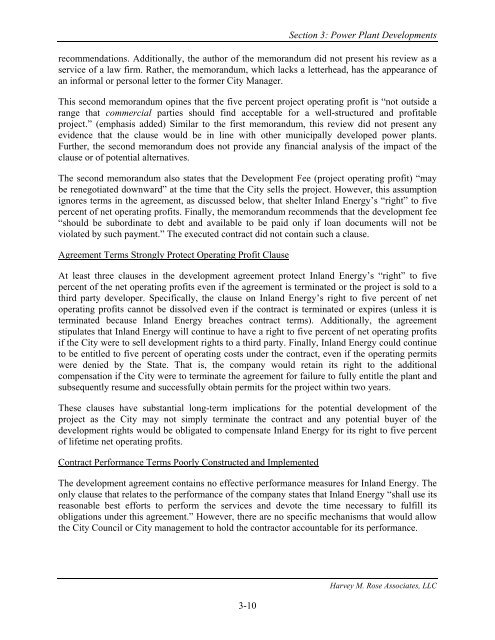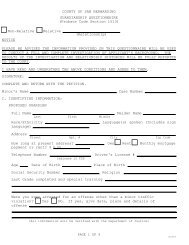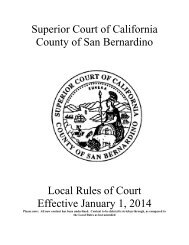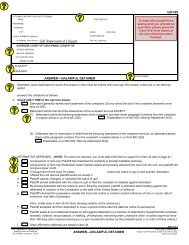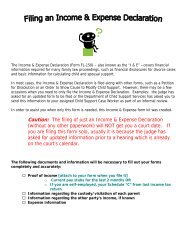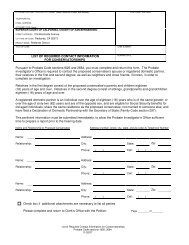FINAL REPORT - San Bernardino Superior Court
FINAL REPORT - San Bernardino Superior Court
FINAL REPORT - San Bernardino Superior Court
Create successful ePaper yourself
Turn your PDF publications into a flip-book with our unique Google optimized e-Paper software.
Section 3: Power Plant Developments<br />
recommendations. Additionally, the author of the memorandum did not present his review as a<br />
service of a law firm. Rather, the memorandum, which lacks a letterhead, has the appearance of<br />
an informal or personal letter to the former City Manager.<br />
This second memorandum opines that the five percent project operating profit is “not outside a<br />
range that commercial parties should find acceptable for a well-structured and profitable<br />
project.” (emphasis added) Similar to the first memorandum, this review did not present any<br />
evidence that the clause would be in line with other municipally developed power plants.<br />
Further, the second memorandum does not provide any financial analysis of the impact of the<br />
clause or of potential alternatives.<br />
The second memorandum also states that the Development Fee (project operating profit) “may<br />
be renegotiated downward” at the time that the City sells the project. However, this assumption<br />
ignores terms in the agreement, as discussed below, that shelter Inland Energy’s “right” to five<br />
percent of net operating profits. Finally, the memorandum recommends that the development fee<br />
“should be subordinate to debt and available to be paid only if loan documents will not be<br />
violated by such payment.” The executed contract did not contain such a clause.<br />
Agreement Terms Strongly Protect Operating Profit Clause<br />
At least three clauses in the development agreement protect Inland Energy’s “right” to five<br />
percent of the net operating profits even if the agreement is terminated or the project is sold to a<br />
third party developer. Specifically, the clause on Inland Energy’s right to five percent of net<br />
operating profits cannot be dissolved even if the contract is terminated or expires (unless it is<br />
terminated because Inland Energy breaches contract terms). Additionally, the agreement<br />
stipulates that Inland Energy will continue to have a right to five percent of net operating profits<br />
if the City were to sell development rights to a third party. Finally, Inland Energy could continue<br />
to be entitled to five percent of operating costs under the contract, even if the operating permits<br />
were denied by the State. That is, the company would retain its right to the additional<br />
compensation if the City were to terminate the agreement for failure to fully entitle the plant and<br />
subsequently resume and successfully obtain permits for the project within two years.<br />
These clauses have substantial long-term implications for the potential development of the<br />
project as the City may not simply terminate the contract and any potential buyer of the<br />
development rights would be obligated to compensate Inland Energy for its right to five percent<br />
of lifetime net operating profits.<br />
Contract Performance Terms Poorly Constructed and Implemented<br />
The development agreement contains no effective performance measures for Inland Energy. The<br />
only clause that relates to the performance of the company states that Inland Energy “shall use its<br />
reasonable best efforts to perform the services and devote the time necessary to fulfill its<br />
obligations under this agreement.” However, there are no specific mechanisms that would allow<br />
the City Council or City management to hold the contractor accountable for its performance.<br />
3-10<br />
Harvey M. Rose Associates, LLC


